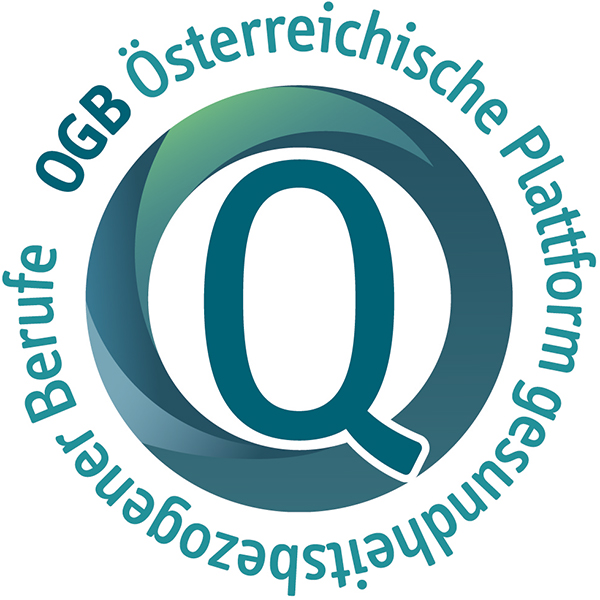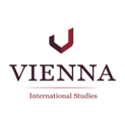Bildung
three great opportunities for our young people: EQF, EVET, ECTS
Contemporary Dimensions of the European
Educational and Scientific Area
Bulgarian-Austrian Cultural Dialogue
27th May
– 28th May 2019
Bulgarian Cultural Institute “House Wittgenstein”
Vienna, Austria
- The European Qualifications Framework
- European Vocational Education and Training
- European Credit Transfer System
three great opportunities for our young people
Lecturer: Prof. Dr. Dr. Martin Stieger – Allensbach University
Reasons, problems and future development:
- In the year 2000 there were 100 million students worldwide.
- In 2014 there were 207 million
- 1960 13 million
- In many emerging countries, a middle class has emerged that strives for and demands access to higher education.
- the expansion of school systems, in particular secondary education, in many countries
- In many countries the number of students will continue to rise in the future.
- More female students than male students worldwide!
- Around the globe, every third young adult attends an academic institution.
- In Africa, f. e. the admission rate is only eight percent. While it is 75 percent in Europe and North America.“
- The lower the access to higher education in a country, the more unfair it is.
- Especially in low-income countries: women make up only 30 percent of those enrolled there.
- In many developing countries, certain social groups such as the low-income, ethnic minorities or indigenous peoples almost never make the leap to university.
- In the Philippines, for example, only one percent of the poorest fifth of the population has access to higher education.
- In South Africa, the participation rate for black Africans is only 14 percent, while that of the white population is 55 percent.
- UNESCO: Today it’s no longer just a question of what amount, what budget the state will invest, or how expensive a study place will be per capita: “Whether someone can attend a university does not only depend on whether he can afford the tuition fees. It also depends on whether he or she has the means to pay for books and other study materials, travel expenses, accommodation and meals.
- By 2020, around 6 million students will be studying outside their home country
- 4 out of 5 students worldwide study in the G20 countries
- Around 80 % of all foreign students study in the OECD region
- 40 % of foreign students study in Europe, 25 % in North America
- By 2020 around 720,000 EU students will be studying in another EU country
- In 2010 around 30% of academics aged 25 to 34 came from India and China, by 2020 the figure will be 40%.
- In 2000 there were 91 million 25- to 34-year-old university graduates in the OECD and G20 countries, in 2020: 204 million
- In 2000, the USA, with 17% of young academics worldwide, was on a par with China and clearly ahead of India (10%).
- In 2010, the Chinese (18%) had already passed the USA (14%).
- 2020 forecast: China (29%), India (12%), USA (11%), Russia (7%)
- China has quintupled the number of university graduates in the past 10 years
- 20% of all adult Chinese – 200 million people – should have a university degree by 2020 = this corresponds to the total employable resident population of the USA.
- In 2000 and 2010, 0.2% of university graduates worldwide aged between 25 and 34 years came from Austria, by 2020 it will only be 0.1%.
- 20% of educational nomads come from CH/I
- The number of educational nomads from China and India will exceed 1.2 million this year
- the outbound mobilty ratio in China is on a global average and India even lower
- More than 60 million people currently study in CH and I
- 50,000 foreign scientists conduct research at US universities (20% of teaching staff)
- 60 % of all physics PhD students in the USA were born abroad
- Australian universities generate around 8 billion Australian dollars p.a. and education ranks sixth among Australian export goods.
- 6 % of us exports of services are education exports = this in turn corresponds to German government spending on higher education in total
- By 2020, approximately 750,000 students will be enrolled in South Africa, 5% of them international students.
- The National Autonomous University of Mexico (UNAM) is one of the best Latin American universities and has about 300,000 students this year.
- Indira Gandhi National Open University has 3.5 million students,
- Bangladesh National University 2.1 million and
- Anadolu Üniversitesi 1.9 million.
The European Qualifications Framework
- The European Qualifications Framework is a bridge between national qualifications systems
- EQF is a common European reference framework whose purpose is to make qualifications more readable and understandable across different countries and systems.
- Covering qualifications at all levels and in all sub-systems of education and training, the EQF provides a comprehensive overview over qualifications in the 39 European countries currently involved in its implementation
- The core of the EQF is its eight reference levels defined in terms of learning outcomes, i. e. knowledge, Skills and autonomy-responsibility.
- Learning outcomes express what individuals know, understand and are able to do at the end of a learning process.
- Countries develop national qualifications frameworks (NQFs) to implement the EQF.
- The main purpose of the EQF is to make qualifications more readable and understandable across countries and systems.
- This is important to support cross-border mobility of learners and workers and lifelong learning across Europe.
European Credit Transfer System
ECTS is a credit system designed to make it easier for students to move between different countries.
Since they are based on the learning achievements and workload of a course, a student can transfer their ECTS credits from one university to another so they are added up to contribute to an individual’s degree programme or training.
- ECTS helps to make learning more student-centred.
- It is a central tool in the Bologna Process, which aims to make national systems more compatible
- ECTS also helps with the planning, delivery and evaluation of study programmes, and makes them more transparent.
- The differences between national systems can lead to problems with the recognition of educational qualifications from other countries and of periods of study taken abroad. Greater transparency of learning achievements simplifies the recognition of studies done in other countries.
- ECTS also makes it possible to merge different types of learning, such as university and work-based learning, within the same programme of study or in a lifelong learning perspective.
- ECTS credits represent the workload and defined learning outcomes (“what the individual knows understands and is able to do”) of a given course or programme. 60 credits are the equivalent of a full year of study or work. In a standard academic year, 60 credits would be usually broken down into several smaller components.
- A typical “first cycle” (or Bachelor’s) Degree, would consist of 180 or 240 credits, whereas a typical “second cycle” (or Master’s) Degree, would consist of 90 or 120 credits, with at least 60 credits at second cycle level. The use of ECTS at the “third cycle” (or Ph.D. level) varies.
European Vocational Education and Training
- VET in Europe is the most comprehensive information resource on vocational education and training (VET) systems in Europe.
- European cooperation in VET (the Copenhagen process) considers the rich diversity of national systems and stakeholders in Member States, EFTA-EEA countries and candidate countries. It builds its success on a flexible approach for sharing experiences, working towards common goals and learning from best practices using the ‘open method of coordination’.
- Vocational Education and Training is a broad concept, usually defined at European level as preparing learners for jobs with a basis in manual or practical activities, traditionally non-academic and entirely related to a specific trade, occupation or vocation.
- the system it is very similar to the ECTS- system and can also be purchased 60 points per year.
Summary
- Education is an important raw material and the demand for international courses of study is growing enormously.
- I will see around 300 million people studying at the same time, a third of them abroad.
- The European Union is a pioneer here and I have tried to illustrate this with the help of three systems that are already very well established.








magnificent points altogether, you just gained a new reader.
What may you recommend in regards to your post that you made
some days in the past? Any sure?